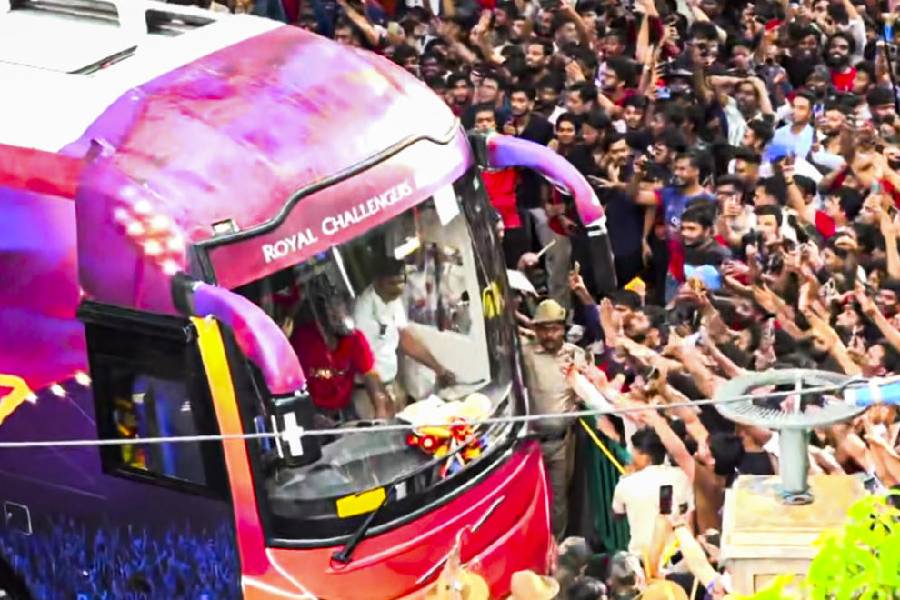

Alipore: Four prickly rodents and a rather slow primate are among some inhabitants of Alipore zoo that few have seen or even know of.
Porcupines and the slow loris are nocturnal animals that stay holed up in underground burrows and tree cavities during the day - out of sight of zoo visitors. Their "absence" has prompted the authorities to plan a special enclosure, where visitors can catch a glimpse of nocturnal animals.
Gubbay House, home to monkeys, in the western flank of the zoo, will be remodelled into a nocturnal house, zoo officials said.
The architecture and lighting of the enclosure will be tweaked to create a night-like atmosphere during the day. Such enclosures, common in several zoos and parks in India and abroad, house nocturnal animals, birds and rodents that don't usually surface when zoos are open for visitors.
A slow loris, four porcupines and a pair of barn owls will be kept in the nocturnal house. The authorities plan to bring a pair of pangolins from another zoo in future. Scaled mammals will also be kept in the nocturnal house.
Gubbay House has around 20 apes at present - mostly langurs, Assamese monkeys and Rhesus monkeys.
"We will send some of the monkeys to other parks in Jhargram, Purulia, Burdwan and other parts of the state. The remaining ones will be moved to another shelter in the zoo within a month. Remodelling will begin after that," said Asis Kumar Samanta, the director of Alipore zoo.
The exterior of Gubbay House, named after 19th-century Jewish merchant Elia Shalom Gubbay who had funded it, will not change much but the interior will be completely remodelled. There will be separate enclosures for the animals and a common walkway for visitors with single entry and exit points. The enclosures will be carved out of existing areas in a way that they receive minimal sunlight. The lighting around the enclosures will be dim. The authorities are also planning artificial illumination with phosphorus to create stars on the ceiling.
The zoo also has big cats - tigers, lions, leopards and jaguars - that are also nocturnal but they live in large and leafy separate enclosures.
Several zoos in the country, like Nandankanan in Odisha and the Nehru Zoological Park in Hyderabad, have nocturnal houses.

.jpg)
Animal activists have in the past dubbed such enclosures unethical because they allegedly alter the biological clock of animals.
Sarat Kumar Sahu, a senior veterinarian at Nandankanan zoo, said the apprehensions were misplaced. The Odisha park's nocturnal house has owls, civet cats, porcupines, pangolins and honey badgers.
"There is a glass barrier that separates the animals from the visitors' passage. This is done to shield the animals from the din of visitors," Sahu told Metro.
The enclosures also have caves and trees where the animals can rest. "Even if the visitors get to see the animals, they are asleep most of the time," he said.
Narayan Ghorai, who teaches zoology at the West Bengal State University, said nocturnal animals such as porcupines don't like sunlight and sleep in burrows for most of the day.
"The night enclosures replicate that burrow-like atmosphere. But it is important to have glass walls so that the animals are not disturbed by outside noise," he said.










